[Eng/Esp] Mushrooms
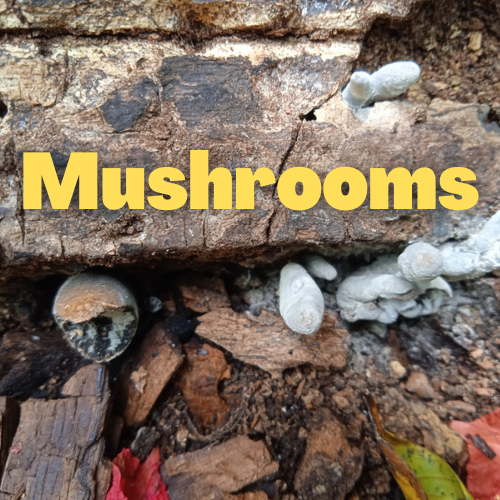
Saludos nuevamente queridos lectores, gracias por visitar mi blog. Hoy he traído un contenido vinculado a la vida que se produce en mi solar, que sin embargo pocas veces al año se presenta, y estos son los HONGOS.
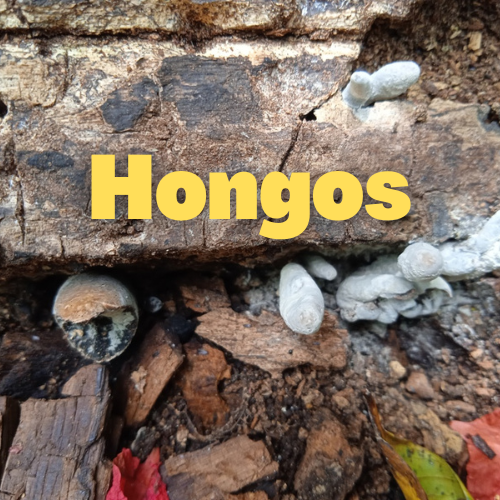

Yo vivo en un sitio de clima muy cálido, donde existe una marcada diferencia entre dos épocas del año: Temporada seca o verano, y temporada lluviosa o invierno. En verano es imposible ver hongos en mi solar, ya que la ausencia de humedad impide su crecimiento; mientras que invierno son más comunes, especialmente en las áreas en donde hay restos de madera, troncos de árboles que fueron podados o talados, debido a que representaban un peligro para mi casa, ya fuese por el tamaño de los árboles o por su estado de deterioro.

Hay un tronco caído de un viejo tamarindo (Tamarindus indica), el cual se ha ido desintegrando con el paso de los años, y allí crecen estos curiosos hongos elongados. Apenas tengo conocimiento sobre estas especies, así que estuve buscando en internet, y lo más aproximado que encontré respecto a la variedad de hongos a la que corresponden estos curiosos especímenes se denomina Xylosphaera hypoxylon o Xilaria de la madera, lo cual tiene sentido, ya que éstos crecen precisamente en ese tronco. Me llama la atención el polvo blancuzco que desprenden, que según tengo entendido son las esporas o semillas. También crecen invariablemente hacia arriba; y de acuerdo a lo que expresa Fungipedia (ver fuentes bibliográficas), carece de valor culinario. A continuación pueden ver varias fotografías de este hongo en particular.

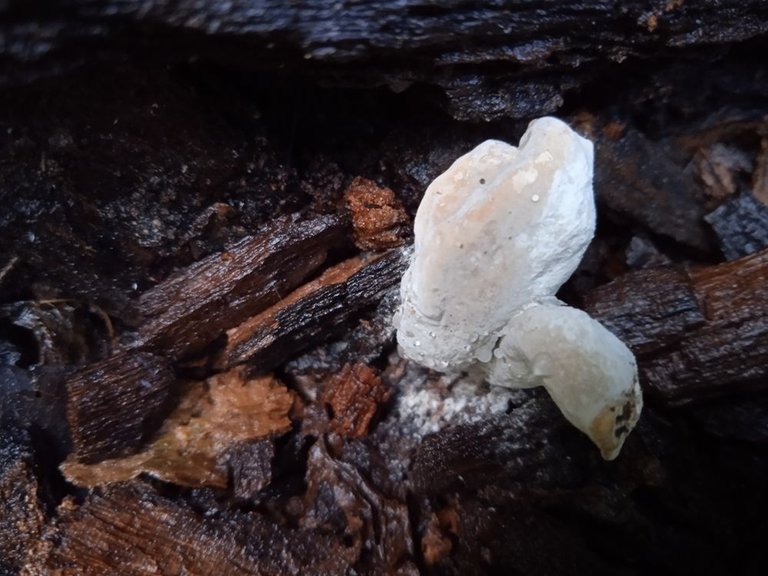
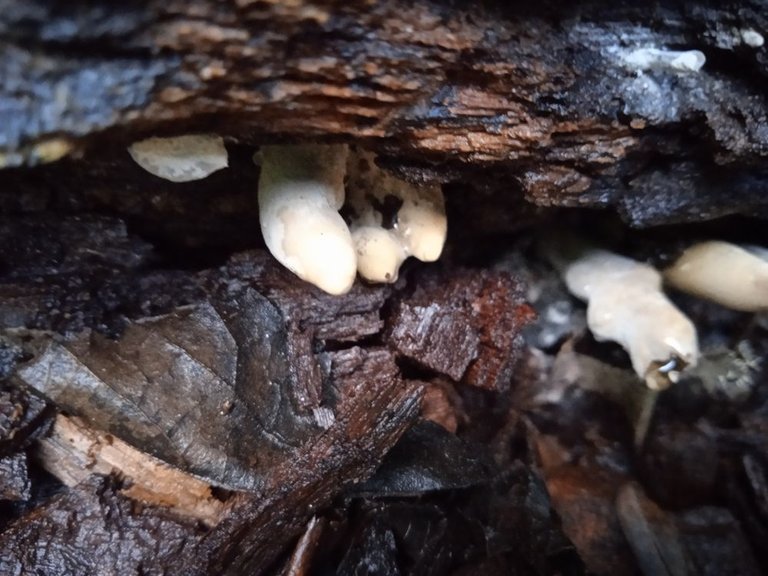
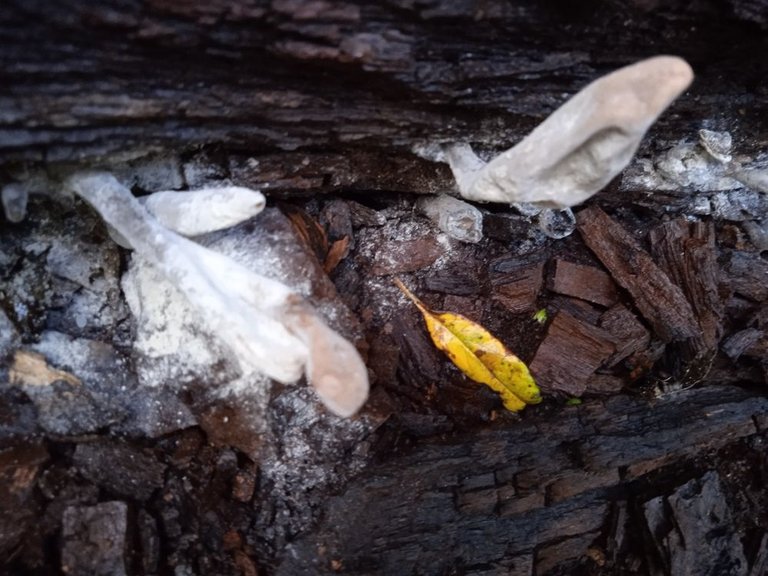
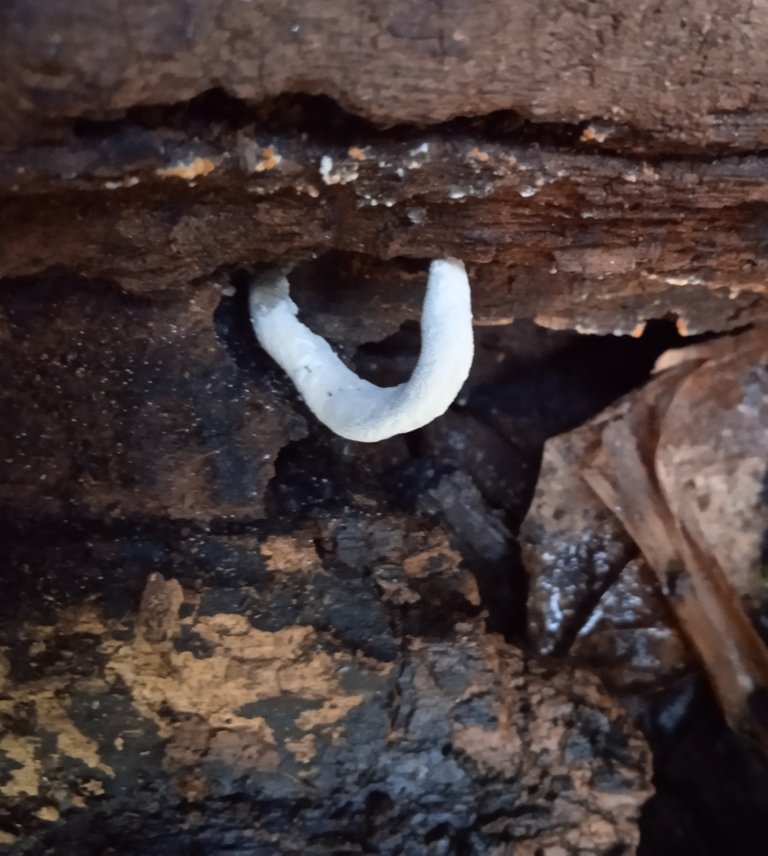

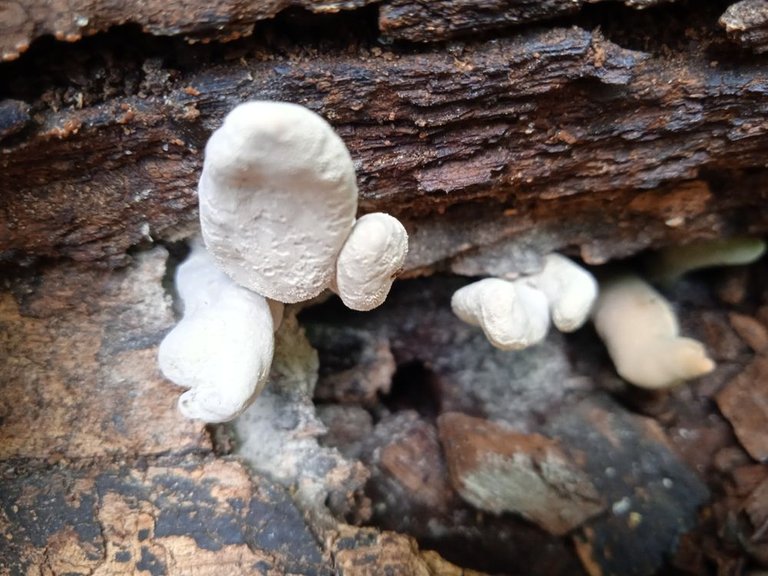
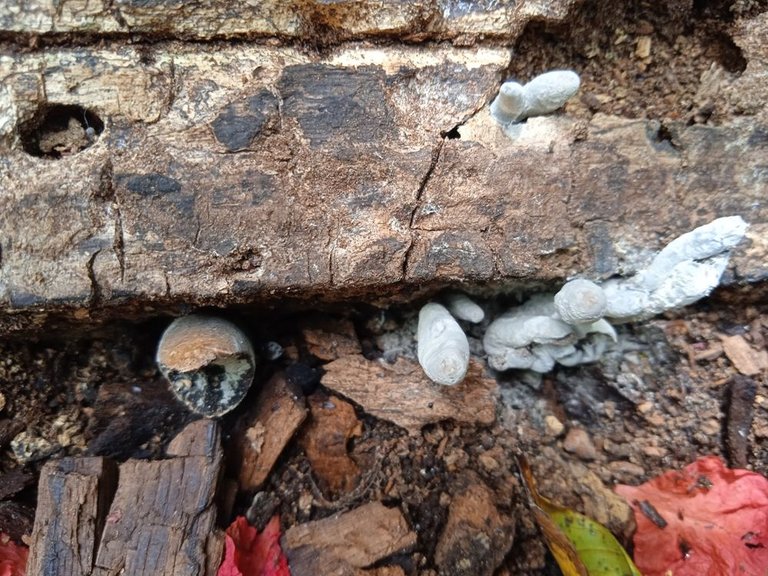

También al pie de un árbol de mamón (Melicoccus bijugatus), y en los restos de un tronco caído de olivo silvestre o acebuche (Olea Europaea var. Sylvestris), he observado el crecimiento de los hongos. Las primeras dos fotos las tomé al pie del mamón, las otras corresponden al área en donde están los restos del olivo. En todas hay especímenes de un hongo que de acuerdo a Colfungi.org (ver fuentes bibliográficas), corresponde a la variedad conocida como Panaeolus semiovatus), y de acuerdo al mismo autor, este hongo no debería darse en esta zona geográfica que es llano, porque aparentemente se da a mayor altitud, sin embargo lo ví en mi solar. Es importante resaltar, que si bien estos dos organismos en particular no son comestibles, hacen una gran labor en los ecosistemas, pues ayudan a descomponer y degradar la materia orgánica (como restos de madera y vegetación), haciendo que sus componentes sean biodisponibles para las plantas, enriqueciendo los suelos y convirtiéndoles en sustratos más fértiles, de allí que deban ser respetados, a menos que sean especies nocivas para el ambiente.

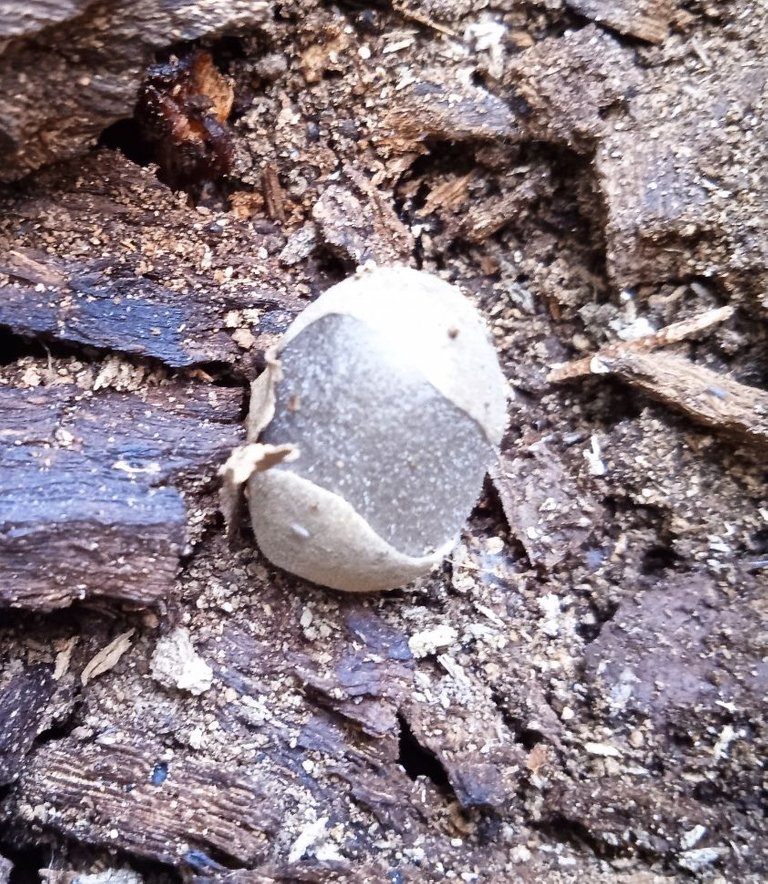
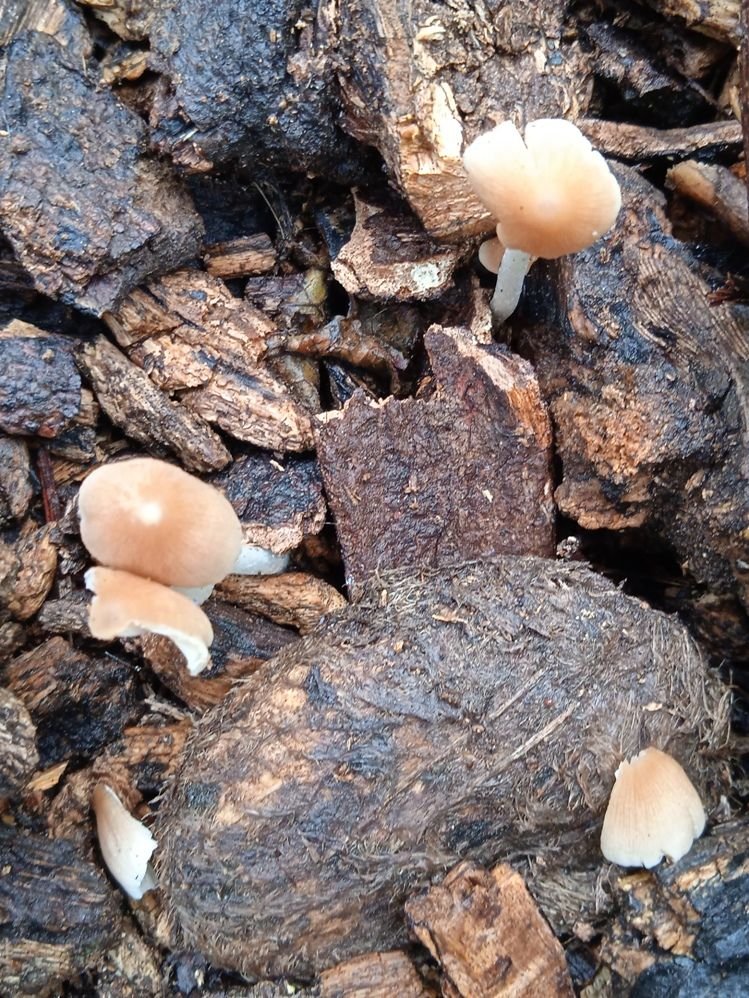
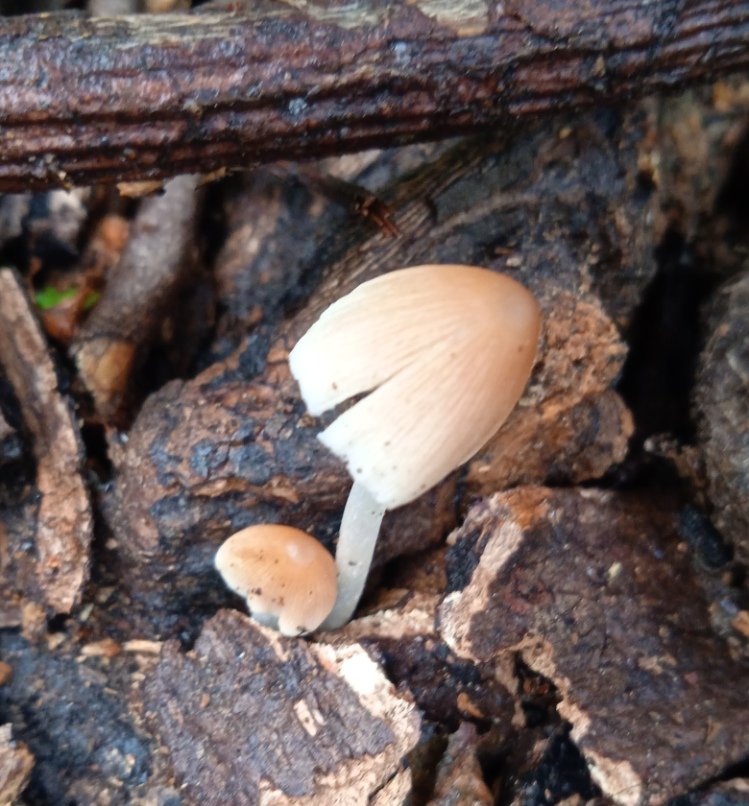
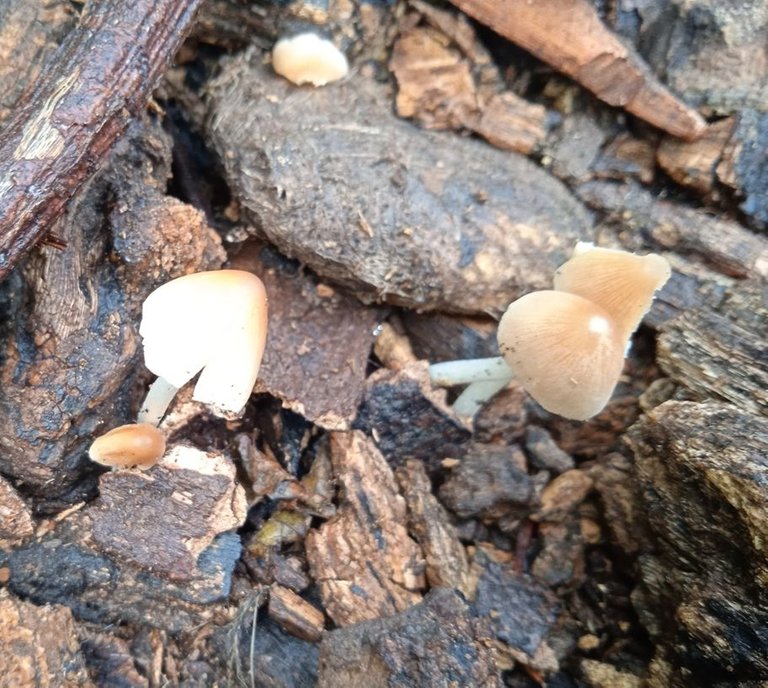

Aquí finalizo esta publicación, esperando que haya sido de utilidad para el conocimiento y apreciación de estos singulares organismos. Nos vemos en una próxima oportunidad.

Fuentes bibliográficas / Bibliographical sources
Fuentes de las Imágenes / Image sources
Todas las fotos de este post son de mi autoría y fueron tomadas con mi teléfono Xiomi REDMI 8 A // These photos are my own, and were taken with a Xiomi REDMI 8 A phone
Los divisores son cortesía de @eve66 quien comparte bellos diseños que embellecen el maquetado de nuestras publicaciones. // The dividers used are courtesy of @eve66 who shares beautiful designs that embellish the layout of our post.
En caso de que se requiera utilizar el contenido o las imágenes de este post y de mis otras publicaciones, agradecería que se hiciera referencia a mi autoría (Fabiola Martínez) y se citara el enlace correspondiente. Gracias. // In case it is required to use the content or images of this post and of my other publications, I would appreciate if you could refer to my authorship (Fabiola Martínez) and cite the corresponding link. Thanks.

 Delegations welcome!
Delegations welcome!
